What Are Venous Ulcers? – Infographic
Venous disease and varicose veins often cause symptoms like leg pain, heaviness, and swelling, but in advanced cases non-healing wounds can develop. These wounds are known as venous ulcers, varicose ulcers, or stasis ulcers. They can appear with little to no trauma, often low on the leg close to the ankle. Fortunately there are ways to prevent ulcers and treatment options to help heal them.
Causes
Venous ulcers are a result of venous disease. In normal functioning veins, blood is returned to the heart through one-way valves. When these valves fail, blood is allowed to pool in the legs. This causes a decreased supply of oxygen to the skin. Over time, the skin becomes discolored and eventually an ulcer can form.
Diagnosis
Venous ulcers are diagnosed with an ultrasound and physical exam. Ultrasound is used to evaluate the blood flow in the veins around the ulcer. If diseased veins are found, a treatment plan can be developed to improve the blood flow out of the leg.
Prevention
If you know you are at risk or have varicose veins there are some things you can do to prevent venous ulcers. Wearing medical grade compression stockings helps improve the blood circulation. These stockings are designed to be tighter at the bottom of the legs and gradually looser toward the top. This helps push the blood up toward the heart. Look for stockings that are 15-20mmHg – 20 -30mmHg in strength. Regular exercise is also important to prevent ulcers. Exercise can activate the calf muscles improving circulation out of the leg. Exercise also helps maintain an optimal body weight to reduce stress on the veins. Seeing a vein specialist to see if varicose vein treatment would be recommended also helps prevent leg ulcers.
Treatment
To help venous ulcers heal, you must improve the circulation in the leg. This typically involves simple in-office treatment of varicose veins. Treatments like thermal ablation, phlebectomy, and sclerotherapy close diseased veins, allowing blood to move through normal functioning veins. Occasionally veins deeper in the leg are obstructed causing poor circulation. Using angioplasty these veins can be opened relieving the obstruction. These treatments along with seeing a wound care specialist can result in healing of the ulcer.



